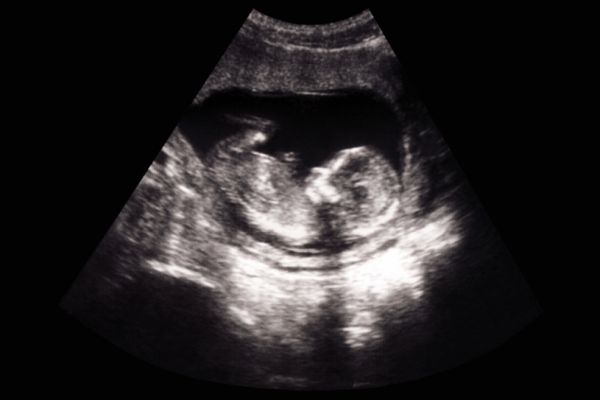Genetics and human behaviour: the ethical context
Report
Published 01/10/2002

If we can identify genes that influence a particular behavioural trait, it may be possible to identify and select people who have that trait. This is an area of particular concern because the information could also be used to select which people should (or should not) be born. It is important to stress that this is not currently possible and there are huge practical difficulties.
Is prenatal selection for behavioural traits acceptable?
Prenatal diagnosis (PND)
It is possible to test a fetus during pregnancy, for example, using ultrasound scanning, serum screening or amniocentesis. Parents may then decide to abort a pregnancy if an abnormality is found, such as Down’s syndrome.
We conclude
Selecting a child by prenatal diagnosis would involve the termination of a pregnancy. We conclude that the use of selective termination following PND on the basis of information about behavioural traits in the normal range is morally unacceptable.
Preimplantation genetic diagnosis (PGD)
As part of the IVF process, several eggs are fertilised. In PGD, the embryos are tested before implantation and parents may choose which embryo is implanted. The use of PGD is currently restricted to serious diseases.
We conclude
The issues raised by the use of PGD to select for behavioural traits are different, because the technique involves a choice between which embryo to select rather than deciding to end a life. Those in favour of PGD argue that parents should be allowed to have reproductive freedom and make their own decisions (the ‘right to procreative autonomy’). Those opposed argue that selection of ‘desirable’ traits could send signals about the value of different types of life (the ‘expressivist’ argument), that we should accept what we are given, and not try to choose and control our children (the ‘natural humility’ argument). These arguments are explored in more detail.
We do not think the arguments in favour of using PGD are convincing at the moment. We recommend that, for now, PGD should not be used to select embryos for behavioural traits within the normal range.
Therapy versus enhancement
- Therapy: aims to treat, cure or prevent a disease, to bring someone into the normal range.
- Enhancement: to improve something that is already within the normal range.
The difference between therapy and enhancement is often used to justify the distinction between interventions that the state should provide and those that individuals should pay for themselves. For example, cosmetic surgery may be seen either as a therapy, to treat severe burns, or as an enhancement, for example, a face-lift.
We conclude
There is a fine line between therapy and enhancement. We consider that the decision to give public support should be based on the severity of the problem itself, rather than the cause of the problem. This view should be applied to interventions in behavioural genetics.

Share